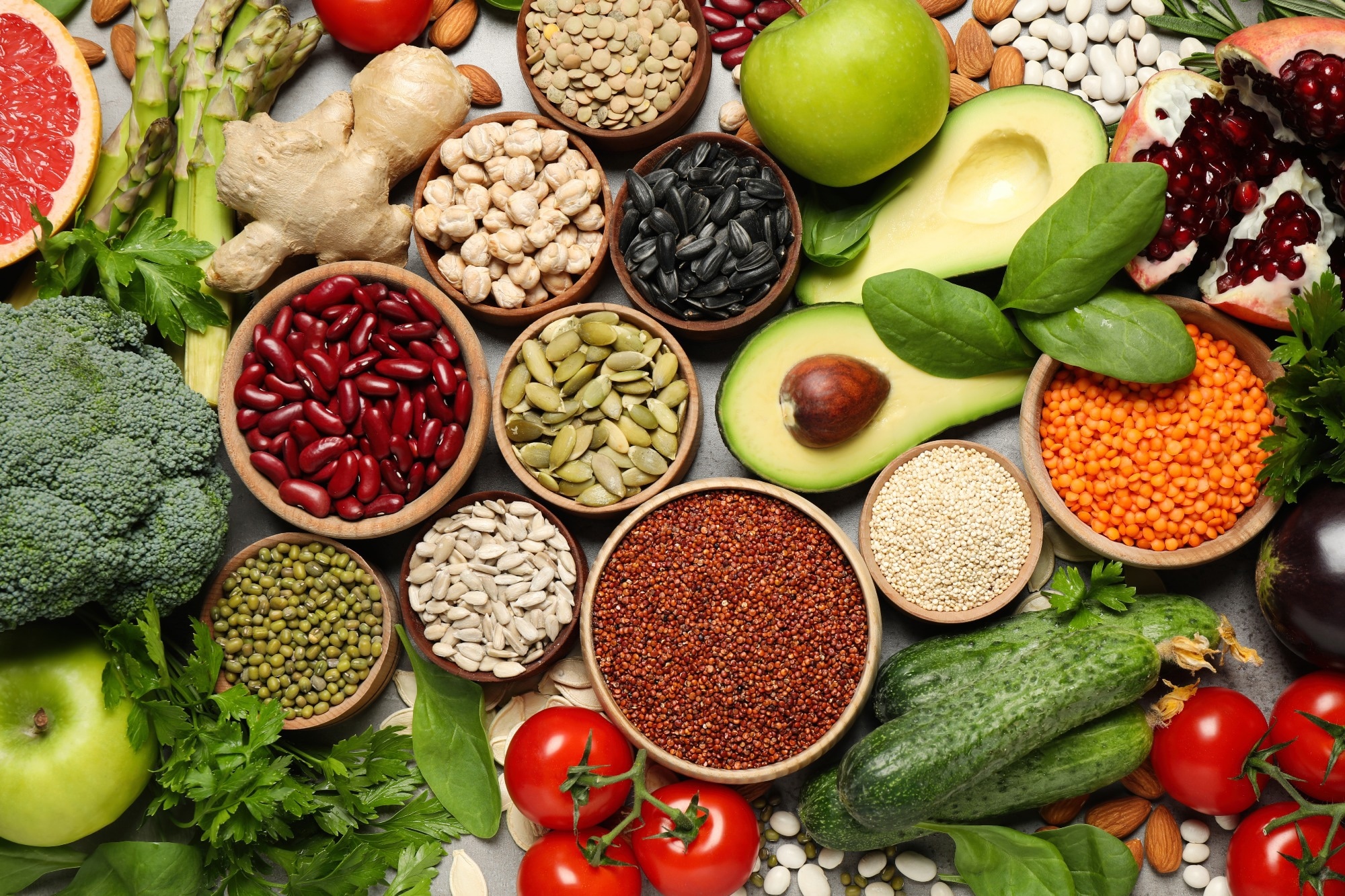In a recent study posted to the medRxiv* preprint server, researchers proposed a protocol to assess the effects of coronavirus disease 2019 (COVID-19) on eating behavior and food choices.
Research suggests that some individuals infected with severe acute respiratory syndrome coronavirus 2 (SARS-CoV-2) develop sensory symptoms like the loss of taste/smell. Sensory changes significantly affect dietary choices, impacting diet quality and energy/macronutrient intake. Yet, the effects of COVID-19 on dietary preferences remain poorly understood.
New Zealand transitioned to a minimization and protection strategy in December 2021, mandating masking and vaccination requirements in high-risk settings. This was accompanied by easing border curbs and quarantine measures for citizens returning from overseas. COVID-19 cases surged from February 2022 and peaked on March 6, 2022, at 22,025 new infections.
Sensory effects of COVID-19
Early in the COVID-19 pandemic, smell/taste changes were deemed distinctive COVID-19 symptoms. Various meta-analyses have noted sensory changes as highly prevalent. However, the prevalence of sensory changes varies across regions and might be less common in infections with recent SARS-CoV-2 variants.
For instance, sensory changes have been observed in 55% of Europeans with COVID-19 to 11% of Australian COVID-19 patients. While sensory changes resolve within months of diagnosis, studies have noted long-term effects of COVID-19 on taste/smell even after recovery. Long-term taste/smell dysfunction could significantly impact the quality of life.
About the study
In the present study, researchers proposed to survey the dietary behavior of university students and provided a protocol for the same. Data from SARS-CoV-2-infected individuals would be compared to the pre-existing data available at the Sensory Neuroscience Laboratory from July 2017 to July 2021, before widespread SARS-CoV-2 transmission.
A retrospective cohort analysis would be implemented to compare pre-existing cohort data (pre-COVID-19) with post-COVID-19 data among university students. Post-COVID-19 data would be collected via in-person visits, online surveys, or food records. Participants would primarily be sampled from the University of Otago, New Zealand.
Eligible participants would be SARS-CoV-2-infected (PCR-confirmed) and healthy university students (aged 18 or above). Exclusion criteria will be 1) age below 18 years, 2) regular medication for a physical condition, 3) chronic sensory dysfunction, 4) diagnosis of an eating disorder, and 5) currently undertaking a weight-gain/loss dietary program.
Participant recruitment strategies involve flyers, social media, and word of mouth. All adverts would contain a link to fill in details and provide e-consent. Upon submission of the e-consent form, an online survey link will be sent automatically.
The sensory science laboratory collected the pre-COVID-19 data at the University of Otago, and consent was available from participants to use their data in the future for research purposes. The sample size will be 920, including 326 SARS-CoV-2-exposed participants. The primary outcome of the investigation will be energy intake, evaluated using a 24-hour weighted food record, which is a validated assessment of dietary intake.
Subjects will visit the laboratory to obtain food record(s) and instructions. Responses would be converted to daily energy intake. Secondary outcomes will include a healthy eating index, alcohol consumption, and the intake of fats, proteins, fibers, carbohydrates, sugars, salts, micronutrients, animal proteins, and plant-based protein.
Besides the food records, the eating behavior of the participants will be assessed using the Dutch Eating Behavior Questionnaire. The body mass index (BMI) will also be computed. Pre-COVID-19 cohort data will be used for baseline demographics.
Individuals in the post-COVID-19 cohort will complete a (baseline) survey providing information on demographics and experiences with COVID-19 and sensory dysfunction. Moreover, perceived changes in eating behavior and food preferences since before the COVID-19 pandemic will be documented.
Analysis of covariance (ANCOVA) will be used to compare total energy intake per day between cohorts by controlling for gender, age, and ethnicity. Additionally, sub-group analyses will be conducted to analyze the specific effects of public health measures in the absence of infection. Participants will be excluded from the study if they have missing/incomplete data on food records.
Concluding remarks
It is critical to understand the long-term impact of COVID-19 on nutrition and food preferences to ensure that health measures are effective against COVID-19 and future outbreaks. Further, it remains challenging to conduct controlled cohort studies given the high prevalence of undetected infections, and the proposed protocol provides an opportunity to investigate COVID-19-associated eating behavior changes.
*Important notice
medRxiv publishes preliminary scientific reports that are not peer-reviewed and, therefore, should not be regarded as conclusive, guide clinical practice/health-related behavior, or treated as established information.
